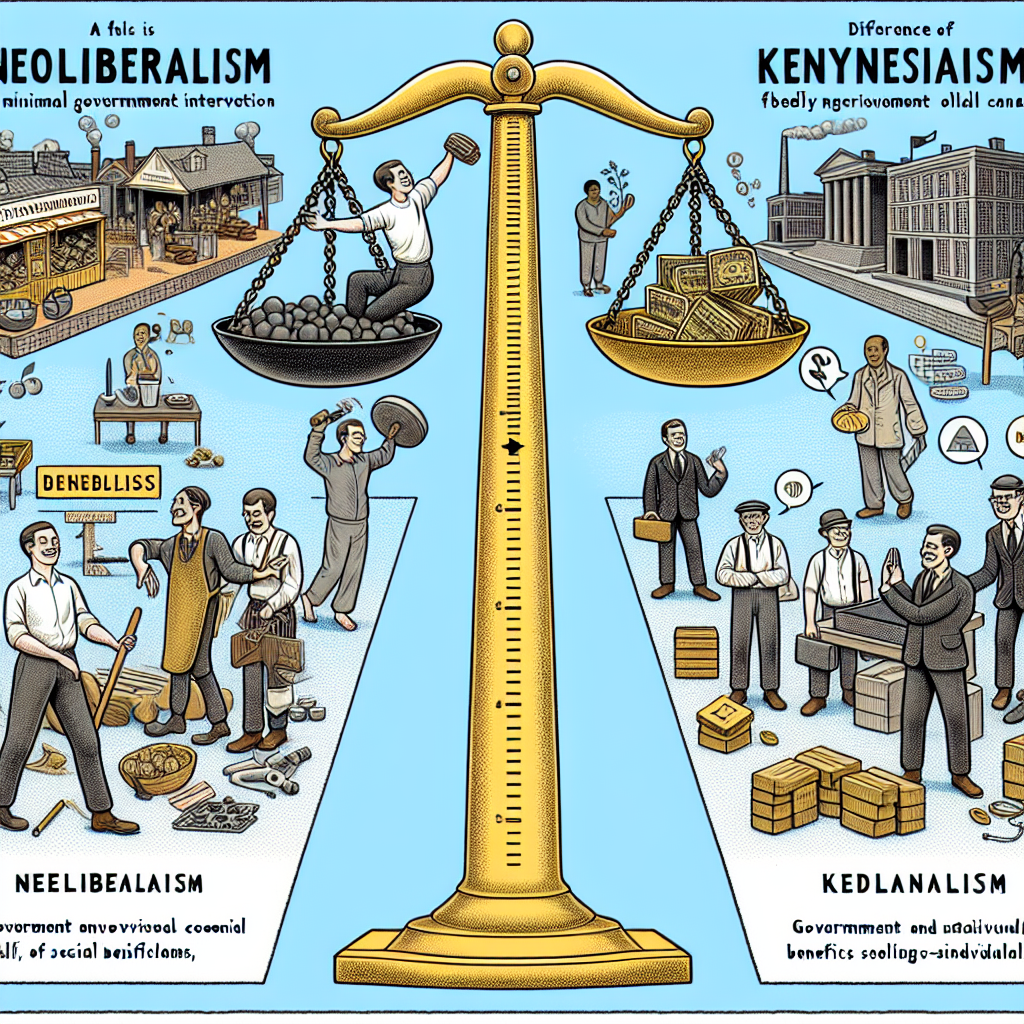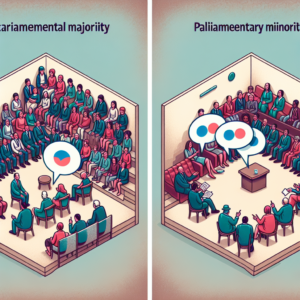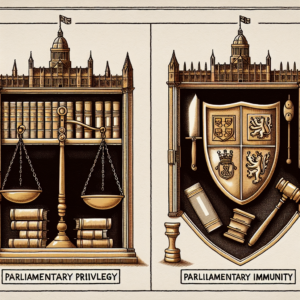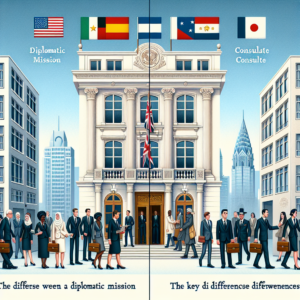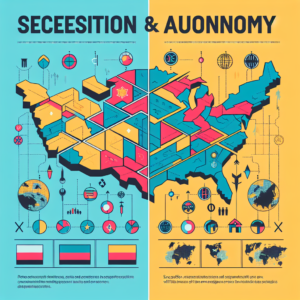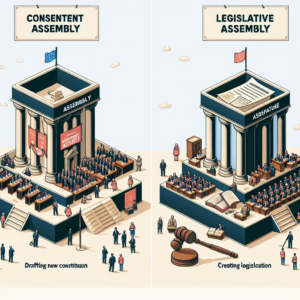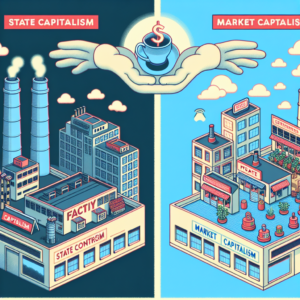As we navigate the complexities of economic ideologies and theories, two prevalent and often debated viewpoints come to the forefront: Neoliberalism and Keynesianism. These economic frameworks, though not diametrically opposite, do present differing perspectives on the role of state, market structures, and the best ways to achieve economic growth and stability. So, what is the difference, and how does each of these economic theories impact our understanding of the global economy?
Understanding the Core Principles of Neoliberalism
Neoliberalism, a term first coined in the 1980s, is often associated with laissez-faire economics. The core principles of neoliberalism revolve around a strong belief in the efficacy and efficiency of free markets, minimal government intervention in economic affairs, deregulation, and free trade. Advocates argue that when markets are left to operate freely, they naturally lead to economic growth, innovation, and prosperity.
Neoliberalism also places a high premium on economic liberalization. This refers to the removal or reduction of restrictions or barriers on the free exchange of goods and services. This ideology also supports privatization, or the transfer of ownership of state-owned assets to the private sector, as this is perceived to encourage competition, efficiency, and productivity. The essence of neoliberalism lies in the belief that the market, as a self-regulating mechanism, can address economic issues and distribute resources more effectively than any state intervention.
Grasping the Fundamentals of Keynesianism and its Implications
Drawing a contrast to neoliberalism, Keynesianism finds its roots in the works of British economist John Maynard Keynes and was particularly influential during the 1930s Great Depression era. Keynesianism emphasizes the role of government spending and fiscal policy in stabilizing the economy. Keynesians believe that demand is the primary driver of economic growth and stability, and that government intervention can help manage fluctuations in demand and prevent economic recessions.
Keynesianism proposes that during economic downturns, the government should offset the decrease in private spending by increasing public spending, also known as stimulus spending. This is based on the principle of the ‘Multiplier Effect’, which suggests that an initial amount of spending can lead to increased consumption and higher economic output. They also advocate for progressive taxation and social safety nets in order to reduce inequality and ensure economic stability.
In contrast to neoliberals, Keynesians believe that markets are inherently unstable and require government intervention to prevent booms and busts. They argue that fiscal and monetary policies are critical tools for managing aggregate demand and stabilizing economies. So, what is the difference? While neoliberalism encourages less government involvement and more market freedom, Keynesianism underscores the need for active government intervention to manage economic instability.
In conclusion, the differences between neoliberalism and Keynesianism lie in their fundamental views on the role of government, the functions of the market, and the ways to achieve economic growth. While neoliberalism advocates for minimal state intervention, deregulation, and free markets, Keynesianism emphasizes the importance of government spending, fiscal policies, and regulation in maintaining economic stability. Understanding these economic ideologies allows us to better comprehend the complex dynamics and debates shaping our global economy.

